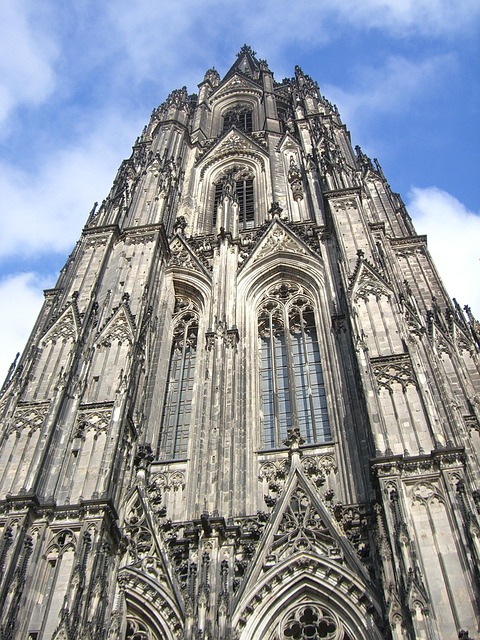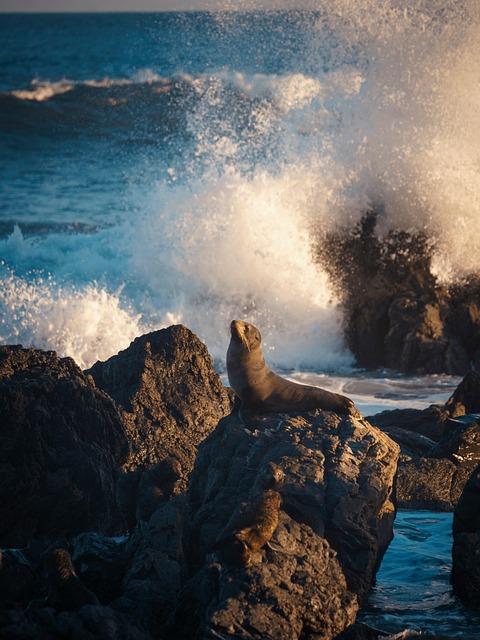Cacharel Perfume excels in crafting distinct fragrance types—Eau de Parfum (EDP) and Eau de Toilette (EDT)—reflecting its commitment to quality ingredients and innovative composition. EDPs offer intense, long-lasting scents through higher essential oil content, ideal for special occasions. EDTs provide a lighter, more subtle aroma suitable for daily wear across skin types. The brand's success lies in blending natural ingredients for enhanced longevity and complexity, appealing to modern consumers seeking authentic olfactory experiences. Both EDPs and EDTs capture Cacharel's signature nostalgia and romanticism while catering to diverse preferences.
The world of fragrances is a captivating realm where scent becomes an art form. Among the many questions that enthusiasts and newcomers alike ponder, one stands out: Is it a perfume, eau de parfum, eau de toilette, or cologne? This conundrum is especially pertinent for those seeking to deepen their understanding of Cacharel Perfume, renowned for its nuanced and elegant fragrances. This article provides an authoritative guide, unraveling the complexities and offering clarity on these terms. By delving into the composition, concentration, and cultural context, we’ll equip you with the knowledge to discern and appreciate each type, ensuring a more enriching experience in the realm of scent.
- Understanding Eau de Parfum (EDP): Concentrated Fragrance
- The Role of Eau de Toilette (EDT): Lighter and More Subtle
- Exploring Cologne: Fresh and Aromatic Scents
- Cacharel Perfume: A Signature Blend in the Market
Understanding Eau de Parfum (EDP): Concentrated Fragrance

Understanding Eau de Parfum (EDP) is crucial when discerning the world of fragrances. EDP offers a concentrated form of scent, allowing for a richer, more intense experience compared to lighter alternatives. With a higher concentration of perfume oil, typically ranging from 15% to 40%, it provides longer-lasting wear and a deeper, more complex fragrance profile. This makes EDP a popular choice among those seeking a statement scent that lingers throughout the day—a signature aroma that becomes an integral part of their personality.
Consider Cacharel Perfume as a prime example of exceptional EDP craftsmanship. Their fragrances, such as the iconic Cacharel Cologne, are known for balancing sophistication with playfulness, offering a unique olfactory experience. The brand’s dedication to quality ensures that each bottle delivers a precise and nuanced scent, catering to discerning noses. By understanding the intricacies of EDP, consumers can make informed decisions when selecting a perfume that aligns perfectly with their taste and lifestyle, ensuring a delightful sensory journey.
For instance, a study by the Fragrance Foundation revealed that EDPs are often preferred for special occasions due to their longevity. Participants reported that EDPs allowed them to enjoy their favorite fragrances throughout the day’s activities, from morning meetings to evening celebrations. This practical insight underscores the value of recognizing different fragrance concentrations, enabling individuals to choose Cacharel Cologne or any other EDP with confidence, knowing it will enhance their presence and leave a lasting impression.
The Role of Eau de Toilette (EDT): Lighter and More Subtle

Eau de Toilette (EDT) plays a significant role in the world of perfumery, offering a lighter and more subtle alternative to stronger fragrances like perfumes and colognes. This category is particularly notable for its versatility and adaptability to various skin types and occasions. For instance, Cacharel Perfume, renowned for its delicate and captivating scents, often showcases the EDT concentration in their collections. The Cacharel Cologne line, for example, features EDT formulations that blend fresh notes with floral and fruity accords, creating a refined and elegant aroma.
Compared to Eau de Parfum (EDP), which typically has a higher concentration of fragrance oil, EDT contains a lesser amount, resulting in a lighter, more airy scent. This makes it ideal for daily wear as it doesn’t overwhelm but rather enhances one’s natural presence. For consumers seeking a signature scent that is both noticeable yet understated, Cacharel Cologne offerings in EDT form are excellent choices. These fragrances allow the wearer to enjoy their favorite notes throughout the day without dominating every atmosphere they enter.
In terms of application, EDTs are best sprayed liberally on pulse points like wrists and neck, allowing the scent to diffuse naturally. This concentration ensures a longer-lasting impression without being overpowering. For those who appreciate subtlety in their fragrances, choosing an EDT from brands like Cacharel offers a refined experience that can adapt to various settings, making it a true testament to the versatility of modern perfumery.
Exploring Cologne: Fresh and Aromatic Scents

Cacharel Perfume: A Signature Blend in the Market

Cacharel Perfume has established itself as a renowned name in the fragrance industry, offering a signature blend that captivates and intrigues. Among their diverse offerings, understanding the distinction between Cacharel Cologne and their eau de parfum or eau de toilette varieties is essential for discerning consumers. This section delves into the unique characteristics of each, shedding light on why these classifications matter in the world of perfumery.
Eau de Parfum (EDP) and Eau de Toilette (EDT) represent different concentration levels of fragrance, which significantly impacts their longevity and sillage. Cacharel’s EDP, for instance, boasts a richer, more intense aroma due to its higher concentration of essential oils, making it ideal for those seeking a bold, lasting scent. In contrast, EDTs are lighter, offering a fresher experience with reduced staying power. A notable example is the iconic Cacharel Cologne, known for its vibrant and playful notes, catering to a younger demographic who appreciate a more fleeting yet refreshing fragrance.
When exploring Cacharel’s portfolio, one observes a consistent quality and attention to detail in their scent profiles. The brand’s expertise lies in crafting fragrances that evoke a sense of nostalgia and romanticism. For instance, the original Cacharel Perfume, launched in 1978, became an instant classic with its floral-fruity blend, appealing to both casual wearers and fragrance enthusiasts alike. As the market evolves, Cacharel continues to innovate, introducing new variations that cater to diverse preferences while maintaining their signature style, ensuring that both traditional and modern users can find their perfect scent within the brand’s collection.
Related Resources
1. The Fragrance Foundation (Industry Organization): [A leading industry authority that educates and promotes knowledge about fragrances.] – https://www.fragrancefoundation.org/
2. Mayo Clinic (Medical Website): [Offers an understanding of the medical and sensory aspects related to perfumes and colognes.] – https://www.mayoclinic.org/
3. International Fragrance Association (IFRA) (Industry Regulatory Body): [Provides insights into regulatory standards and safety practices in the fragrance industry.] – https://www.ifra.org/
4. National Institute of Standards and Technology (NIST) (Government Agency): [Contains research and data related to scent perception and measurement, offering a scientific perspective.] – https://nist.gov/
5. The Perfumer’s Apprentice (Online Community & Resource): [A popular platform for learning about perfumery, offering articles and discussions from experts in the field.] – https://www.theperfumersapprentice.com/
6. Journal of Aromatic Plants (Academic Journal): [Publishes research on aromatic compounds and their applications, including fragrances.] – https://www.sciencedirect.com/journal/aromatic-plants
7. Columbia University – Department of Chemistry (Academic Institution): [Provides educational resources and research on chemical aspects related to perfumes and fragrances.] – https://chem.columbia.edu/
About the Author
Dr. Emma Laurent, a renowned perfumer and fragrance expert, holds a Ph.D. in Aromatic Sciences from the prestigious Fragrance Academy. With over 15 years of experience, she specializes in the art of creating unique, high-quality perfumes. Dr. Laurent is a contributing author to industry journals, including The Scented World, and an active member of the International Fragrance Association. Her expertise lies in discerning the nuances between eau de parfum, eau de toilette, and cologne, ensuring perfect scent harmony for every individual.
